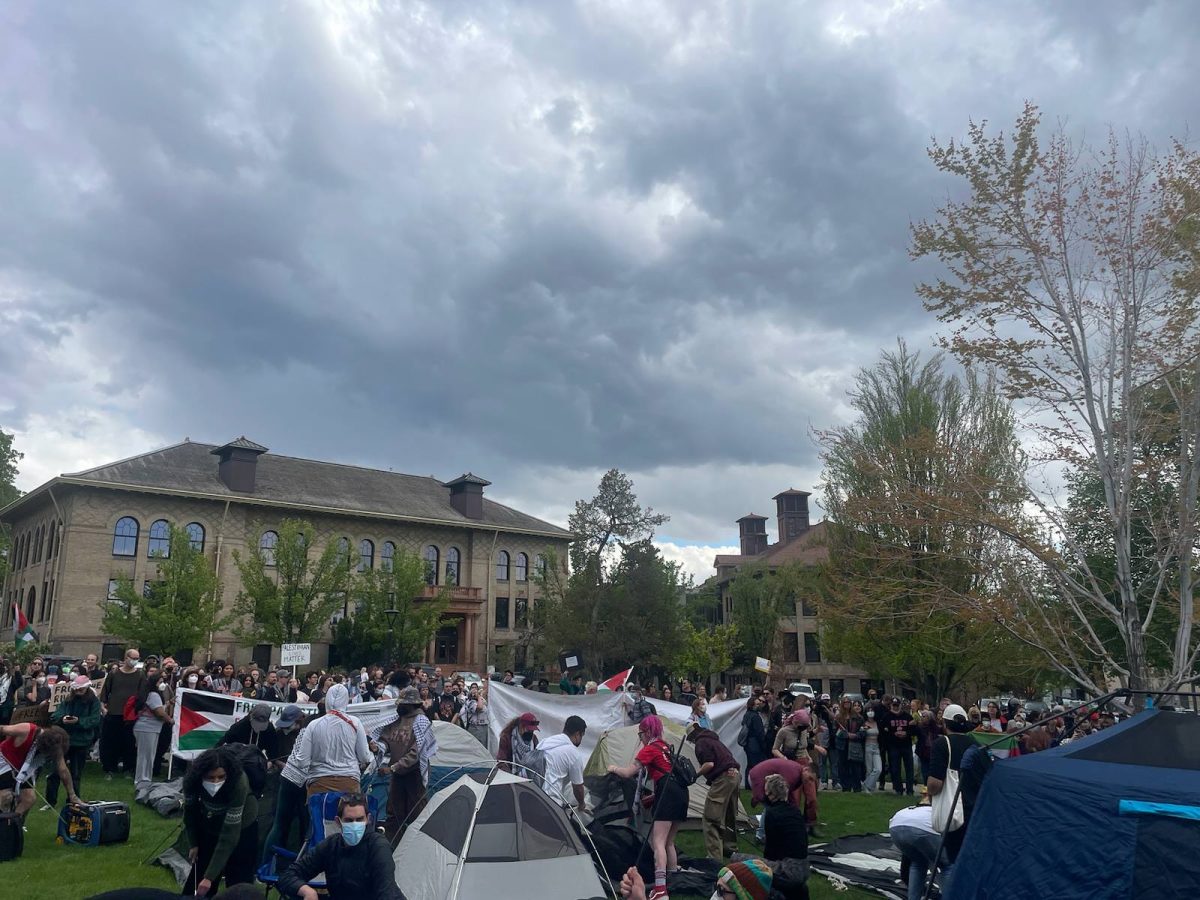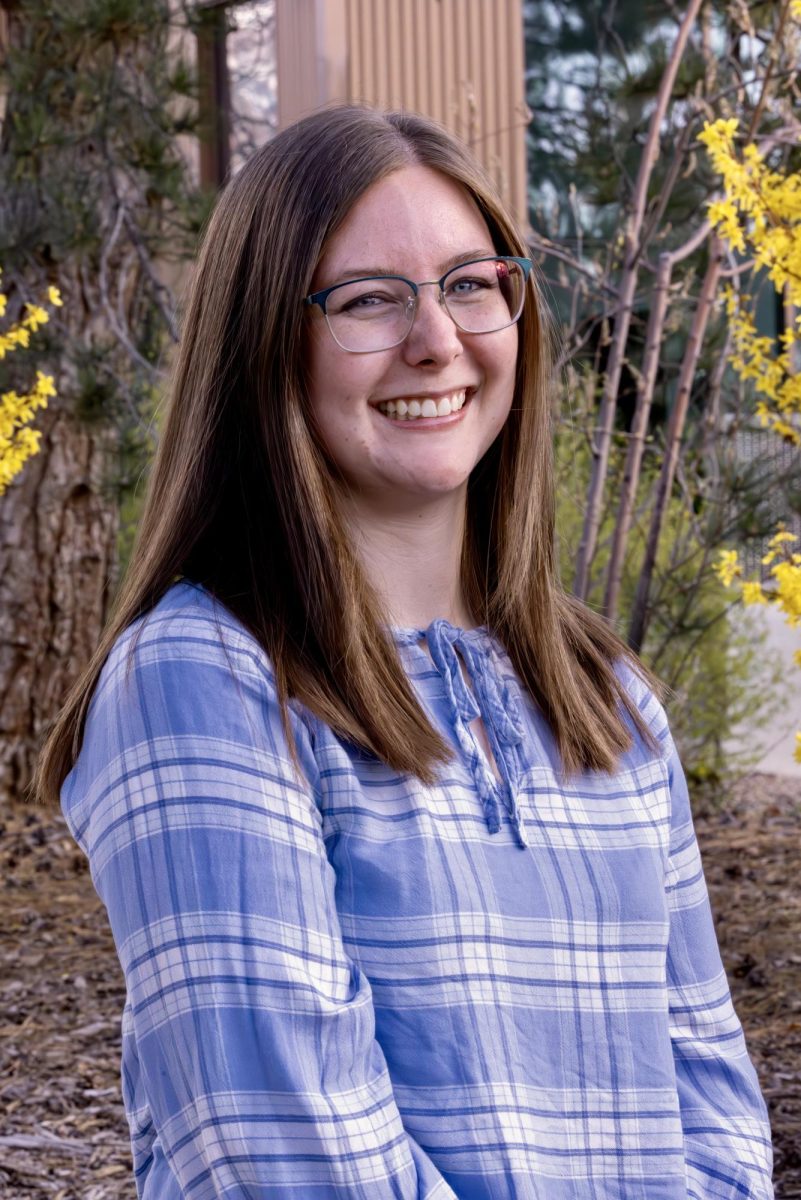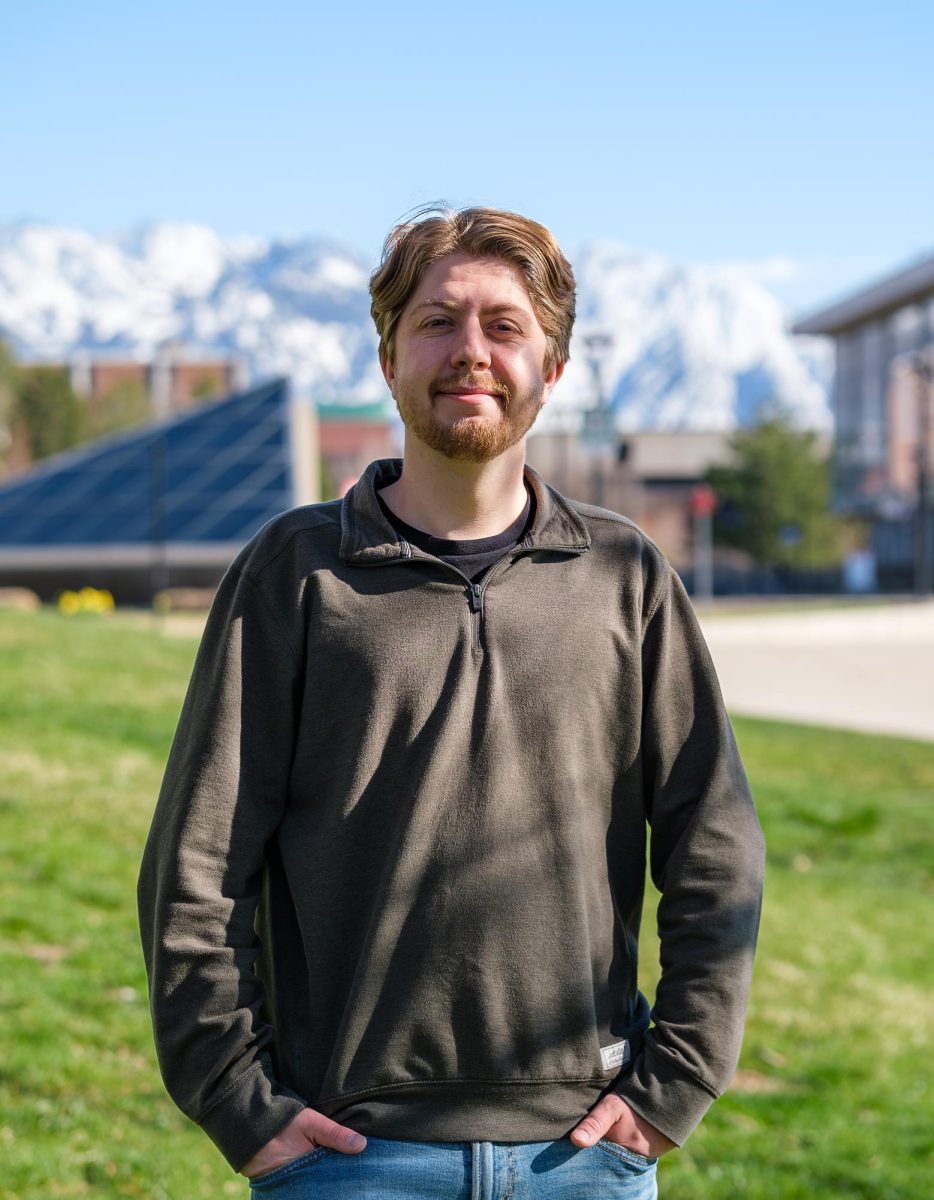
If you’ve spent any time in the Central Wasatch in the past few months, you might have been accosted by a nosy, clipboard-wielding granola-type asking you all sorts of personal questions, such as why you’re there and what you’re doing and how often you come.
Relax. They’re just volunteers, and they’re doing research for something called the Central Wasatch Visitor Study. The CWVS is just one of the campaigns of the Citizens Committee to Save Our Canyons, a 501(c)(3) non-profit organization “dedicated to protecting the beauty and wildness of the Wasatch canyons, mountains, and foothills.”
Save Our Canyons has teamed up with the United States Forest Service and Salt Lake City for the study, which started in May and will last for one year. Volunteers are collecting data at 43 trailheads and sites throughout Mill Creek, Parley’s, and Big and Little Cottonwood canyons.
Tyler Higginson, the coordinator of the study, says data will help to determine exactly how the area is used for recreation and how that use varies throughout the seasons.
“We’re looking to gauge some qualitative data of how people experience the Wasatch and what they’re looking for,” he says. “It’s mostly volunteers that are collecting the data, that are engaging visitors and filling out the survey.”
The Central Wasatch contains every top ski resort in the state and is the closest wilderness area to Salt Lake City. A 2008 study by the Utah Foundation estimates the population in Utah will be almost seven million by 2060. That means there could be around three million people in the Salt Lake City metropolitan area whose closest place to recreate is the Central Wasatch. There are currently more than one million.
Luckily, Utahns don’t seem to mind meeting other people in the mountains. According to the first quarter summary of the CWVS, 92 percent of visitors say “the encounters they had with people outside of their group” either “positively enhanced” their experience or had “no impact.” Only eight percent said seeing a stranger negatively affected their experience.
But there are other things to consider than the emotional well-being of a bunch of hikers. From June to August, 84 percent of visitors to the Central Wasatch who were surveyed lived within 40 miles. So locals have an especially invested interest in taking care of their beautiful backyard.
Higginson thinks so far visitors have been willing to complete the survey.
“I think the biggest impact will just be gaining empirical evidence that shows just how much visitors really appreciate the preservation of the Central Wasatch and the wilderness aspects that they have there,” he says.
The majority of visitors drive to the Central Wasatch in their own cars. Parking is already an issue, especially at ski resorts during the winter and at some of the lower
trailheads and campgrounds during the summer. Out of those surveyed thus far, 90.5 percent reported driving there in their cars, a number Higginson says will need to be significantly reduced if the population of the valley triples in the next 50 years.
This is what makes the Central Wasatch Visitor Study so important. The data gathered will be used by government policy-makers and local businesses, through a program called Mountain Accord, “a collaboration between public and private interests including state and local governments, federal agencies, and business and grass roots organizations,” that aims to evaluate proposals for future use of the Central Wasatch and implement the best ideas drawn from these proposals.
Laynee Jones, program manager for Mountain Accord, says while they haven’t had as much public engagement as they originally hoped for, the people they have talked to have been receptive.
“Everybody that’s needed to make decisions about these mountains is on our executive board,” Jones says. “It’s an incredible opportunity to make comprehensive decisions about the future of these mountains.”
Mountain Accord has identified four “systems” that make up the Wasatch area: recreation, environment, transportation, and economy. Jones says the biggest strength of the group is planning for the future in a comprehensive way.
“We just have all these things going on,” Jones says. “It really resonates for the public to say, ‘Oh, there’s a body, there’s an entity here that’s working collaboratively.’ ”
So if someone approaches you with a clipboard and a bunch of annoying questions, take some time to answer them. Your answers could help guide the Wasatch toward the best solution for getting the best out of the wilderness.
[email protected]
@t_stocking












